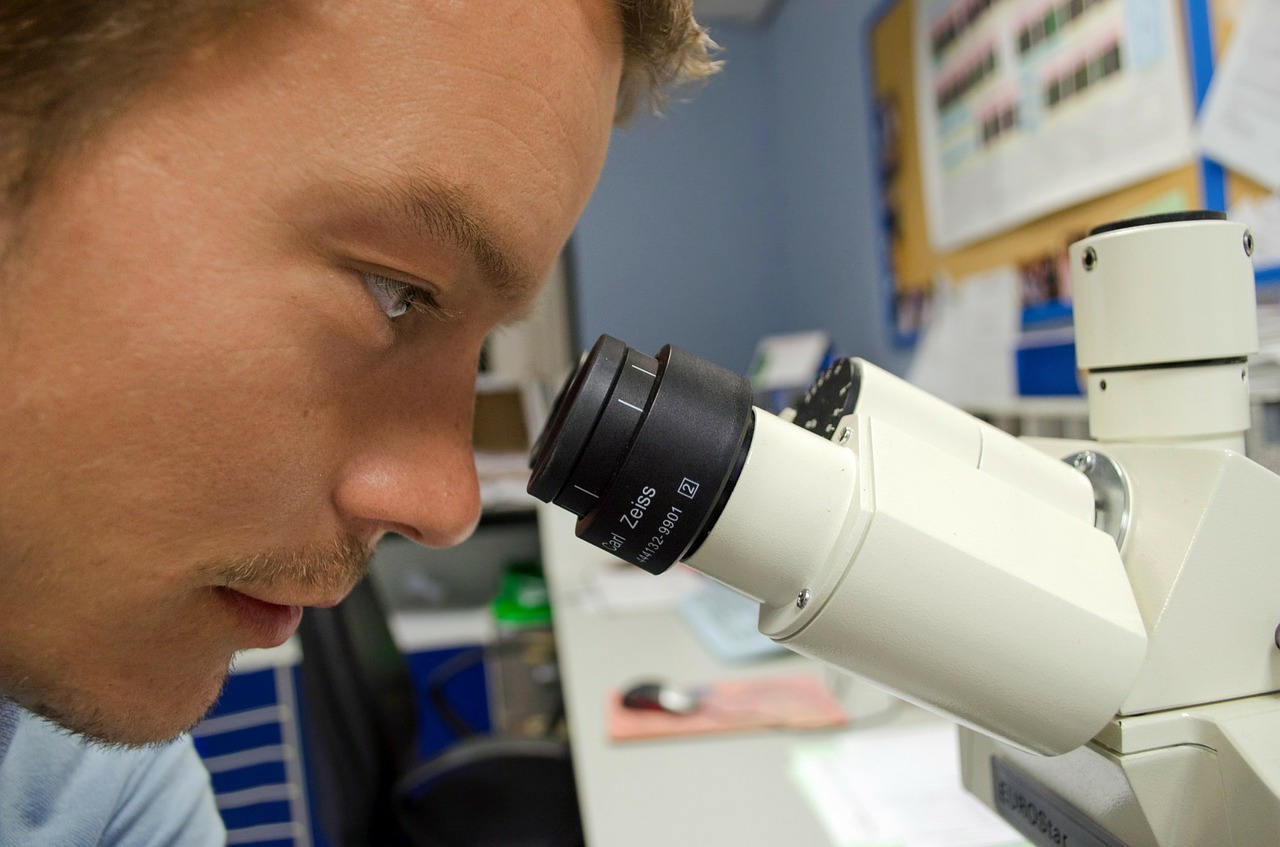Op-Ed: Forensic Authorities Say Rigorous Review of Forensic Practices Urgently Needed
02.25.15
Two leaders in the field of forensic science are calling for an in-depth look into the validity and reliability of various forms of forensic evidence. They cite wrongful convictions as proof that forensic science is, in fact, a misnomer—that most forms of forensics actually have no scientific basis and therefore major reform around their use in the judicial process, as recommended by several federally appointed committees.
In an opinion piece published on
Live Science
, forensic experts Karen Kadafar and Anne-Marie Mazza explain that with the exception of DNA analysis—the “golden standard” of forensic practices for criminal investigations—most forensic practices have “been characterized by much subjectivity, human observer bias, error and variability in processing and interpreting the evidence, lack of standardized procedures and accreditation programs in crime laboratories, inconsistent validation and unknown error rates, and, most worrisome, little incentive for conducting research into better, more reliable methods.”
Kadafar is a member of the Forensic Science Standards Board, a group formed by the National Institute of Standards and Technology (NIST) and the Department of Justice, and a part of NIST’s
Organization of Scientific Area Committees (OSAC)
. Mazza is the director of the Committee on Science, Technology, and Law of the National Academy of Sciences. Kadafar and Mazza and their respective committees aim to bring improved standards and structure to a field that has lacked regulation and has made serious errors, resulting in wrongful convictions. They write:
. . . [O]ver the years “experts” have provided unjustified testimony in the courtroom. For example, for decades, a “bullet lead expert” could testify that bullets found at a crime scene were “consistent with their having come from the same box of ammunition” as that found in a suspect’s possession,
even though such a statement could not be statistically justified
. (The FBI discontinued Compositional Analysis of Bullet Lead in September 2005.)The 2009 report from the National Academy of Sciences, ”
Strengthening Forensic Science in the United States: A Path Forward
,” documented similar shortcomings associated with other forms of non-DNA forensic evidence, as well as the need for increased training and education among forensic practitioners and judicial personnel. Five years later, the National Institute of Standards and Technology (NIST), jointly with the U.S. Department of Justice, responded to this call for reform by establishing the National Commission on Forensic Science (NCFS) and by
coordinating leading forensic practitioners, researchers, law enforcement officers and judicial personnel
through NIST’s Organization of Scientific Area Committees (OSAC). . . .The NCFS and OSAC are beginning to address the underlying causes of such errors by recommending more scientific research into the validity and reliability of specific forms of forensic evidence, such as:
- Quantifying the uncertainty in forensic analyses
- Investigating effects of human bias, variability and errors in forensic examinations, and the establishment of well-validated procedures for reducing such effects in practice
- Increasing transparency and standardization of operations in crime laboratories
- Developing certification standards for forensic practitioners and accreditation programs for crime laboratories
- Developing standard terminology for reporting forensic evidence and presenting testimony
- Expanding training and oversight of forensics programs
- And most importantly, conducting scientific research on validation, reliability and reproducibility of forensic procedures
These efforts need well-documented and validated research that has been subjected to rigorous review by the scientific community.
Kadafar and Mazza conclude:
Until such reform is implemented, errors will occur, innocent victims will be falsely accused while the true perpetrators continue to commit crimes, and the public ultimately will lose confidence in the criminal justice system.
Historically, new problems have stimulated scientific research.
The proposed reforms to the forensic science field, which the legal and scientific communities are addressing together, can have lasting benefits, not only for increased accuracy in criminal investigations but also for advancing science.

Leave a Reply
Thank you for visiting us. You can learn more about how we consider cases here. Please avoid sharing any personal information in the comments below and join us in making this a hate-speech free and safe space for everyone.